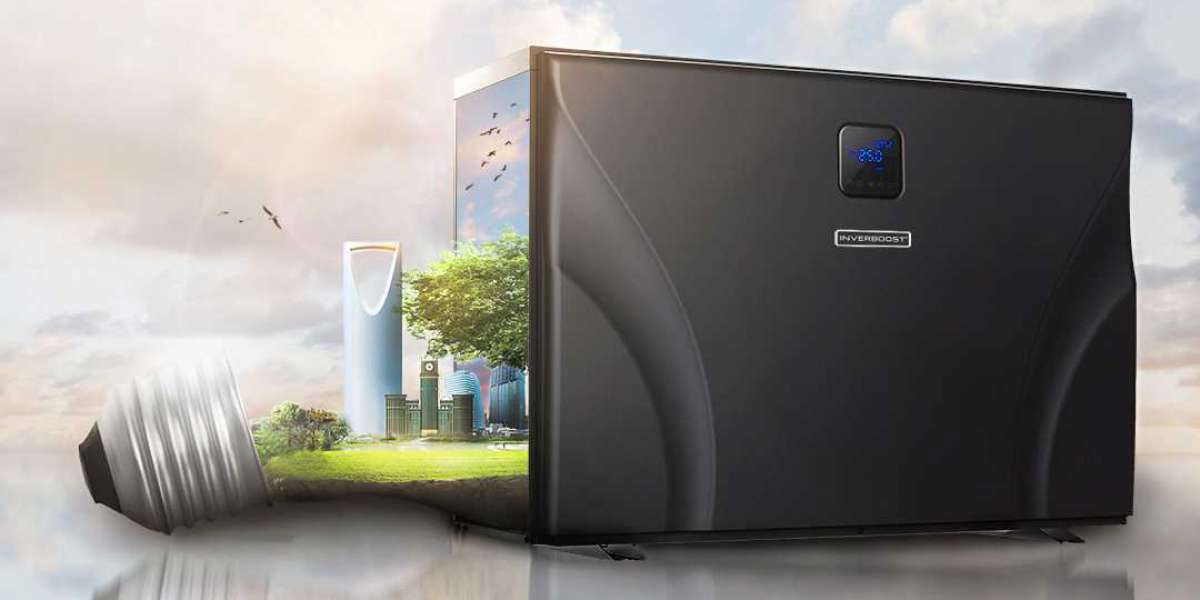Public swimming pools are beloved destinations for people to unwind and seek respite from the summer heat. However, ensuring the safety and cleanliness of pool water is of paramount importance to safeguard the health and well-being of swimmers. Inadequate water quality in public swimming pools can pose significant health risks, ranging from minor irritations to severe and life-threatening illnesses. This article aims to shed light on the various health hazards associated with poor water quality in public swimming pools, emphasizing the critical need for maintaining high standards of water cleanliness.
Bacterial Infections
Swimming pools with poor water quality pose a significant health risk due to the potential occurrence of bacterial infections. When pool water becomes contaminated with bacteria like Escherichia coli (E. coli) or Pseudomonas aeruginosa, swimmers are exposed to the risk of infection. These bacteria have the potential to cause gastrointestinal illnesses, skin infections, and urinary tract infections. Symptoms commonly associated with bacterial infections include diarrhea, stomach cramps, skin rashes, and discomfort during urination. It is important to note that individuals with compromised immune systems, such as young children, the elderly, and those with underlying health conditions, are particularly susceptible to the adverse effects of bacterial infections.
Viral Infections
Swimming pools with inadequate water quality can become breeding grounds for viruses. Among the viral infections commonly associated with contaminated pool water, the norovirus stands out as a significant concern. This highly contagious virus can cause gastroenteritis, leading to symptoms like nausea, vomiting, diarrhea, and abdominal pain. Additionally, other viruses such as adenoviruses and enteroviruses have the potential to cause respiratory infections and conjunctivitis (pink eye). It is imperative to prioritize proper water disinfection and maintenance to prevent the transmission of these viruses and safeguard swimmers from viral infections.
Parasitic Infections
Parasitic infections are another concern when it comes to poor water quality in swimming pools. Cryptosporidium (Crypto) is a microscopic parasite that can survive in chlorinated water for days. Swallowing even a small amount of water contaminated with Crypto can cause cryptosporidiosis, a diarrheal illness. Symptoms typically include watery diarrhea, stomach cramps, and fever. Cryptosporidiosis outbreaks in swimming pools have been reported, highlighting the importance of effective water treatment and hygiene practices to prevent parasitic infections.
Eye and Skin Irritations
Exposure to poorly maintained pool water can lead to eye and skin irritations. Chlorine, a commonly used disinfectant in swimming pools, can cause eye redness, itching, and irritation if the chlorine levels are imbalanced. Chloramines, formed when chlorine combines with organic matter like sweat and urine, can also irritate the eyes. Additionally, prolonged exposure to chlorinated water can cause skin dryness, itching, and rashes, particularly for individuals with sensitive skin. Proper water balance, including maintaining appropriate chlorine levels and managing organic matter, is crucial to prevent eye and skin irritations.
Respiratory Issues
Inhalation of airborne contaminants in poorly maintained pool facilities can lead to respiratory issues, especially in indoor swimming pools. Chlorine disinfection byproducts, such as trichloramine and chloroform, can be released into the air and irritate the respiratory system when pool water quality is subpar. Prolonged exposure to these irritants can cause coughing, wheezing, shortness of breath, and exacerbate asthma symptoms. Adequate ventilation and maintaining optimal water quality are essential in mitigating respiratory risks in indoor swimming pools.
Allergic Reactions
Swimming pool water may contain various allergens that can trigger allergic reactions in susceptible individuals. Common allergens include pollen, pet dander, and mold spores that may enter the pool area through open doors or carried by swimmers themselves. Poor water quality can exacerbate these allergic reactions, leading to symptoms such as sneezing, runny nose, itching, and respiratory distress. Individuals with known allergies or sensitivities should take extra precautions when swimming in public pools with poor water quality to minimize the risk of allergic reactions.
Chemical Exposures
Inadequate water treatment and maintenance can result in excessive chemical exposure for swimmers. Chlorine, while necessary for disinfection, can pose health risks if present in high concentrations. Overexposure to chlorine can irritate the respiratory system, cause skin and eye irritations, and lead to the production of harmful disinfection byproducts. Additionally, improper handling or storage of pool chemicals by pool operators can result in accidental exposures for both swimmers and staff. Pool operators must adhere to proper chemical handling protocols and maintain appropriate chemical levels to ensure the safety of pool users.
Transmission of Recreational Water Illnesses (RWIs)
RWIs are germ-borne infections spread by eating, breathing in, or coming into touch with contaminated water in swimming pools. Poor water quality and insufficient disinfection can also contribute to RWI transmission. Aside from the above-listed bacterial, viral, and parasitic illnesses, additional RWIs include swimmer's ear (otitis externa) caused by the bacteria Pseudomonas aeruginosa and hot tub rash (Pseudomonas folliculitis) caused by the same bacterium. These illnesses can result in discomfort, pain, and prolonged symptoms if not properly treated.
Preventing and Addressing Poor Water Quality
To ensure safe swimming environments, it is crucial to address and prevent poor water quality in public swimming pools. Pool operators should implement the following measures:
Proper Water Disinfection: Maintain appropriate levels of disinfectants, such as chlorine, to effectively kill bacteria, viruses, and parasites. Consider using alternative disinfection methods like UV or ozone treatment in conjunction with chlorine to reduce chemical exposure.
Regular Water Testing: Conduct frequent water testing to monitor chlorine levels, pH balance, and other essential parameters. Promptly address any deviations from recommended levels. Testing should also include checking for the presence of harmful bacteria, viruses, and parasites.
Efficient Filtration and Circulation: Install and maintain high-quality filtration systems to remove impurities and ensure proper water circulation for uniform distribution of disinfectants. Consider incorporating secondary filtration methods, such as diatomaceous earth or sand filters, for enhanced water quality.
Enhanced Hygiene Practices: Educate swimmers about the importance of showering before entering the pool, refraining from urinating in the water, and using appropriate swimwear. Encourage frequent handwashing and provide accessible hand sanitizer stations.
Invest in a "https://store.zealux.com/collections/swimming-pool-heat-pumps">Swimming Pool Heat Pump: A "https://zealux.com/product-category/inverboost-pool-heat-pump/">pool heater from a trusted "http://zealux.com">heat pump supplier indirectly improves water quality in a public pool by enhancing filtration, promoting efficient water circulation, facilitating effective disinfection, reducing organic contaminants, and preventing algae growth.
Proper Maintenance: Regularly clean and maintain pool surfaces, equipment, and facilities to prevent the buildup of contaminants and biofilms. This includes cleaning skimmer baskets, vacuuming the pool floor, and brushing the walls to remove algae and other organic matter.
Staff Training: Provide comprehensive training to pool staff on water quality management, including testing procedures, chemical handling, and emergency response protocols. What’s more, staff should be knowledgeable about pool equipment like "http://zealux.com">pool heat pumps and their maintenance.
Public Education: Communicate with the public through signage, brochures, and announcements to promote awareness of water hygiene practices and the importance of healthy swimming habits.
Adherence with Regulations: To guarantee compliance with water quality requirements, follow local health department rules and regulations. Keep up to speed on industry best practices and technological breakthroughs in water treatment.
Conclusion
Ensuring safe water quality in public swimming pools is essential for protecting the health and well-being of swimmers. Poor water quality can lead to various health risks, including bacterial and viral infections, parasitic illnesses, eye and skin irritations, respiratory issues, allergic reactions, and chemical exposures. Pool operators must prioritize water quality management through effective disinfection, regular testing, efficient filtration, enhanced hygiene practices, proper maintenance, staff training, public education, and compliance with regulations. By doing so, public swimming pools can provide a safe and enjoyable experience for all swimmers, reducing the risks associated with poor water quality and promoting a healthy swimming environment.

 heat pump manufacturer
heat pump manufacturer






